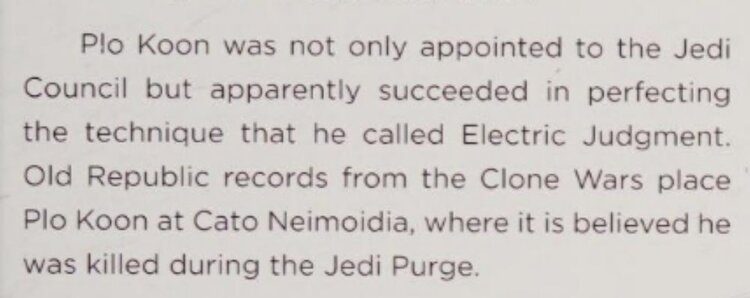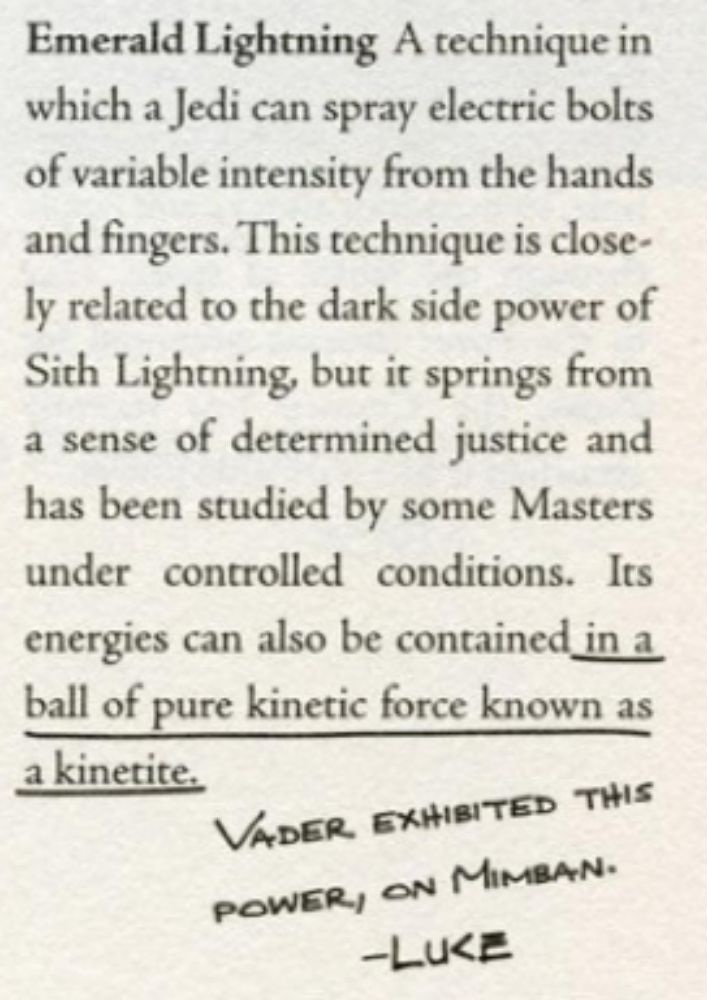Among all the Jedi Masters of the Republic, Plo Koon always stood out — calm, wise, and respected by everyone from the clones who served under him to the Council members who sat beside him. But behind that quiet strength was something the Jedi Order never talked about.
What truly made Plo Koon different wasn’t just his wisdom or skill with a lightsaber. It was an ability that no other Jedi dared to use — a forbidden power that the Council itself had outlawed.
The Jedi Who Walked the Line
Plo Koon was born on Dorin, a world of fierce winds and lightning storms — maybe a fitting origin for what he’d later become. His family was strong in the Force, and like his uncle before him, he was sent to the Jedi Temple at a young age. He rose through the ranks with quiet determination, eventually becoming a Knight and later accepting a seat on the Jedi High Council.
But what most people didn’t know was that Plo was also connected to another ancient Force tradition — the Baran Do Order, a sect from his homeworld that existed long before the Jedi. The Baran Do believed in balance, using the Force as a single current rather than dividing it into light and dark. Through their teachings, Plo learned to sense the subtler flows of the Force — and from those lessons, he rediscovered an ability long forbidden by the Jedi: Electric Judgment.
As Jedi vs. Sith: The Essential Guide to the Force notes

The Power of Electric Judgment
Among the techniques of the Baran Do was one nearly forgotten art, Electric Judgment, a rare Force ability that looked almost identical to the Sith’s Force Lightning. But unlike the dark side’s blue crackling fury, this version glowed yellow or green. It wasn’t born from hatred or anger. It came from clarity and control.
Still, it was a dangerous thing to use, not because of what it did, but because of what it looked like.
To the Jedi, lightning was the signature of the Sith. The symbol of pain, dominance, and corruption. So when Plo Koon used it on a mission, to save lives, not destroy — it shocked more than his enemies. It shocked the Order.
When he returned to Coruscant, he didn’t hide what he had done. He told the Council everything, that he had used the technique, that he had felt no anger or fear, only calm and focus. But that only made them more uneasy.
They asked him to meditate, to reflect on whether he had done the right thing.
After long meditation, Plo Koon came to a conclusion: the Force itself was not light or dark. Those were only labels the Jedi created. What mattered was the intention behind the action. He believed Electric Judgment wasn’t evil, it was simply another part of the Force, and ignoring it out of fear was no better than abusing it out of rage.
Why the Jedi Refused It
The Jedi were afraid of what they didn’t understand. To them, power that resembled the Sith’s was a temptation, a slippery slope that could corrupt even the purest heart. And maybe they weren’t entirely wrong. Because decades later, that same power would resurface.
As noted in The Jedi Path, the ability, also called Emerald Lightning, was described as “a technique in which a Jedi can spray electric bolts of variable intensity from the hands and fingers. This technique is closely related to the dark side power of Sith Lightning, but it springs from a sense of determined justice.”

A new Jedi, Jacen Solo — the son of Han and Leia — would also use Electric Judgment. But his path didn’t end like Plo’s. In time, Jacen would fall to the dark side, becoming Darth Caedus, proving the very fear the Jedi had carried for generations.
But that doesn’t erase what Plo Koon proved. He showed that it was possible to walk close to the dark side without falling into it — that the Force itself was balance, not opposition.

